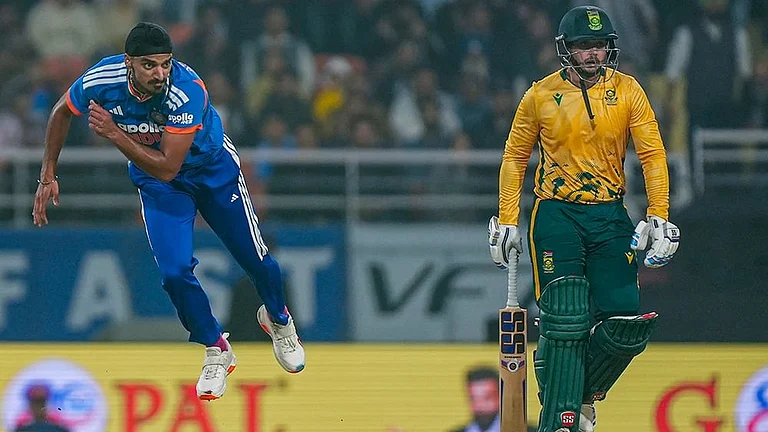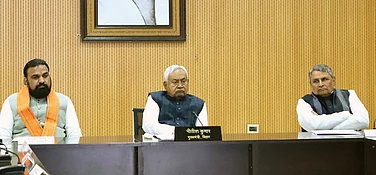The lanes and bylanes of northeast Delhi are home to many migrants, mainly from Bihar and Uttar Pradesh, and also immigrants from Bangladesh. Small houses overflow with people—some are so crammed that inhabitants take turns to sleep.
The neighbourhood has a substantial Muslim population and active Bajrang Dal members too. That is one reason why it has seen a lot of communal riots—after Indira Gandhi’s assassination in 1984, Babri Masjid demolition in 1992 and now. Outlook spoke to Delhi Police officers who have had long stints in the locality to find out what makes it such a flashpoint.
“This area has always been a hub of illegal weapons like kattas (country-made revolvers). Searches and seizures of such weapons used to happen regularly. We would set up pickets and randomly check young boys. The east and northeast districts had maximum cases under sections 25/54/59 of the Arms Act. It appears that these checks are not happening anymore,” says a retired Delhi Police officer.
According to him, the SHO usually knows about the “bad elements” in the areas under his/her police station. At the first hint of trouble, they should be rounded up and put under preventive arrest. “This should have started on February 22, when people started gathering near Jaffrabad metro station,” he says. This tactic keeps their supporters occupied with the legal process to get them released.
Moreover, the police should start area domination immediately. They should flood lanes with personnel and organise peace marches. “We never used to allow anyone to loiter on the main roads. Simultaneously, we took over terraces of houses. This is important because most rioters use terraces to shoot at people—or even the police—and throw petrol bombs. If their terraces are blocked, their options to indulge in rioting and arson are restricted,” he adds.
It seems that police followed none of the protocol in the ongoing violence. Some ascribe the blame for complete inaction of the police to its top rung. “If the commissioner of police does not inspire confidence in the force, it will reflect on the ground. There was the Jamia Millia Islamia incident, the JNU inaction and now this. There was lack of planning and anticipation in the current riots,” says another former cop.


























